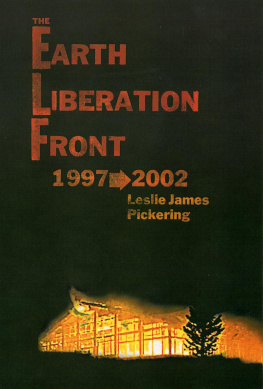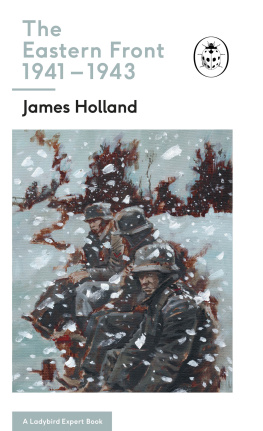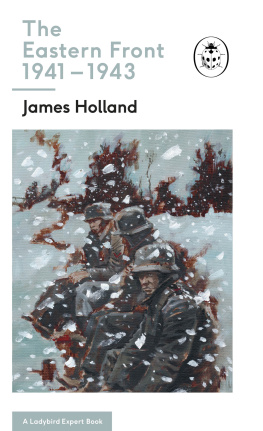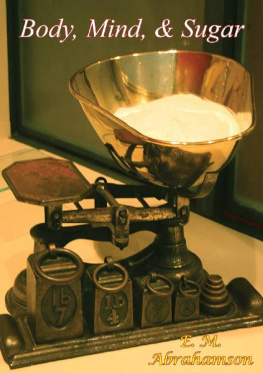Barakaldo Books 2020, all rights reserved. No part of this publication may be reproduced, stored in a retrieval system or transmitted by any means, electrical, mechanical or otherwise without the written permission of the copyright holder.
Publishers Note
Although in most cases we have retained the Authors original spelling and grammar to authentically reproduce the work of the Author and the original intent of such material, some additional notes and clarifications have been added for the modern readers benefit.
We have also made every effort to include all maps and illustrations of the original edition the limitations of formatting do not allow of including larger maps, we will upload as many of these maps as possible.
THE AMERICAN HOME FRONT
REVOLUTIONARY WAR
CIVIL WAR
WORLD WAR I
WORLD WAR II
BY
JAMES L. ABRAHAMSON
TABLE OF CONTENTS
Contents
TABLE OF CONTENTS
REQUEST FROM THE PUBLISHER
FIGURES AND TABLES
Figures
1.1 Index of Wholesale Prices, 1774-1785
1.2 Depreciation of Continental Currency, 1777-1781
2.1 Production of Pig Iron and Rails, 1860-1870
2.2 Southern Agricultural Capital, 1850-1880
3.1 Tractors on American Farms, 1914-1920
3.2 Price and Wage Trends, 1914-1921
3.3 General Wholesale Prices and Prices of Selected Basic Commodities, 1914-1918
4.1 Price and Wage Trends, 1939-1949
Tables
1.1 Southern Exports to England and Scotland, 1769-1778
1.2 Emissions of Continental Currency, 1775-1779
2.1 Annual Export of Pork, Beef, Com, and Wheat Products, 1860-1865
2.2 US imports and Exports, 1860-1865
2.3 Sales of Reapers and Mowers, 1862-1865
2.4 US Output and Decennial Rates of Change, 1849-1889
2.5 Southern Agricultural Production, 1860-1866
2.6 Indicators of Southern Manufacturing, 1850-1880
2.7 Average Annual Prices, 1861-1865
2.8 United States Immigration, 1820-1860
3.1 American Foreign Commerce, 1913-1921
3.2 Gross National Product, 1914-1918
3.3 Indices of Industrial Production, 1914-1918
3.4 Farm Profits and Production Index, 1914-1921
3.5 Production and Average Annual Prices of Selected Farm Products, 1914-1918
3.6 Number of Women per One Thousand Employees in 474 Firms Doing War Work, 1916-1919
3.7 Industrial Wages and Living Costs, 1913-1921
3.8 Strikes and Lockouts, 1914-1919
3.9 Index of Annual Earnings in Selected Occupations, 1913-1921
3.10 Ethnic Americans in 1910
4.1 Federal Civilian Employment, September 1939July 1945
4.2 Output of Selected Farm Products, 1939-1945
4.3 Gross National Product and Federal Finances, 1939-1946
4.4 Wartime Work Stoppages, 1940-1946
4.5 Volume of Intercity Freight Traffic, 1939-1945
4.6 Output of Selected Industries, 1939-1945
4.7 Index of Selected Farm Prices, 1939-1945
4.8 Net Black Interregional Migration, 1920-1950
FOREWORD
This latest National Defense University military history seeks to broaden the perspective of those who are interested in understanding the effects of the wartime mobilization of American society. Through a comparative analysis of the economic, political, and social results of Americas four principal wars, this study reveals the major issues faced by each wartime administration and sketches the consequences of the mobilization policies adopted.
As the author, Colonel James L. Abrahamson, US Army, explains, each conflict occurred in unique circumstances, required varied policies, and produced different effects on American institutions. He therefore avoids offering a simplistic list of the expected domestic consequences of any future conflict. Nevertheless, certain common factors, which may inform modern mobilization planners, surface in his analysis of these four wars. The author suggests that if planners are aware of the implications of their mobilization choices, they can better devise effective policies for drawing forth the material and human essentials of victory.
The National Defense University is pleased to have hosted Colonel Abrahamson as a Visiting Senior Research Fellow from the US Military Academy history faculty, so that he might research and write this instructive historical study. Studies such as this may help us all better understand the potential societal effects on the American home front should any future crisis again require America to go to war.
John S. Pustay
Lieutenant-General, US Air Force
President, National Defense
University
PREFACE
This study seeks to inform two quite different audiences.
The first consists of those individuals, both civilian and military, who have a responsibility to plan against the possibility of our involvement in another major war. My observations of their background, reinforced by the historical experience recounted in the pages that follow, lead me to the conclusion that most of those war planners have little knowledge of wartime life on the home front. They remain unfamiliar, for instance, with the means by which the government has traditionally sought (and sometimes failed) to mobilize human, industrial, agricultural, and financial resources; or the past military consequences of the social, economic, and political disruptions that inevitably accompany war; or the extent to which our wars have left this nation in quite a different condition than anyone imagined (or even desired) at their outbreak. Also lacking such knowledge, previous generations of wartime leaders have tended to repeat the errors made in earlier conflicts or to be caught off guard by developments they might well have anticipated. Hoping to prevent history from repeating itself, I have written this book.
The second audience is a younger one, those college students enrolled in survey courses in American history or perhaps preparing for a career in the military services. American history texts typically ignore the impact of war, perhaps because their authors share the traditional American antimilitarism and wish to avoid anything remotely related to the armed services or because they prefer to focus on either a wars origins or its principal diplomatic and international consequences. To that audience, I offer this book as a supplement that will add another dimension to their study of American history and reinforce their understanding of the social, economic, and political evolution that continues even when the nation takes up arms against a foreign or domestic foe.
Because one slim volume cannot supply to both audiences a fully detailed account of American life on the home front, I have made several compromises in scope and depth of coverage. The study, for one, describes the impact of but four American warsone from the eighteenth century (the Revolutionary War), one from the nineteenth (the Civil War), and two from the twentieth (World Wars I and II). Although a complete description of each wars impact would both assess how the war affected those who fought it and explain the wartime evolution of literature and the arts as well as popular culture, I have set those subjects aside and instead focused on wars principal political, economic, and social effects. In regard to the latter category, this study takes particular cognizance of wars consequences for those Americans disadvantaged by their race, sex, ethnic background, or religious beliefs.












